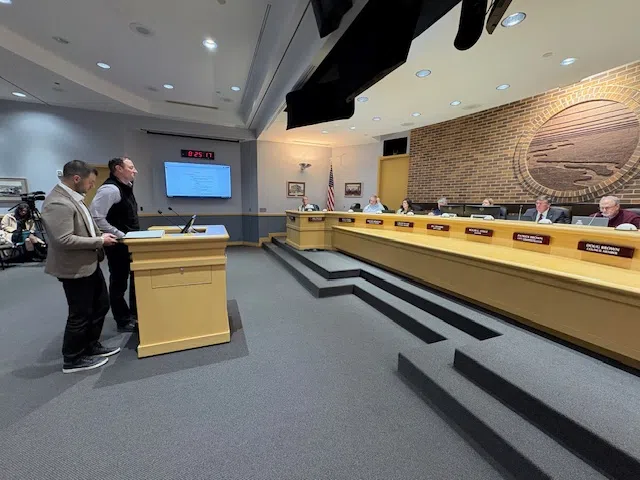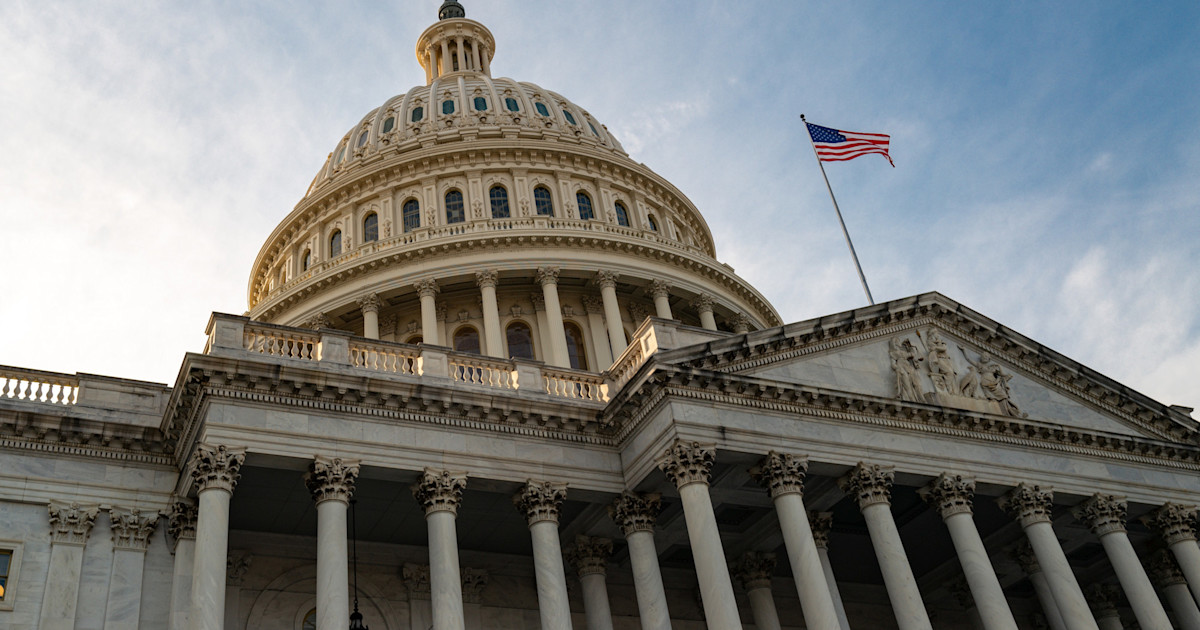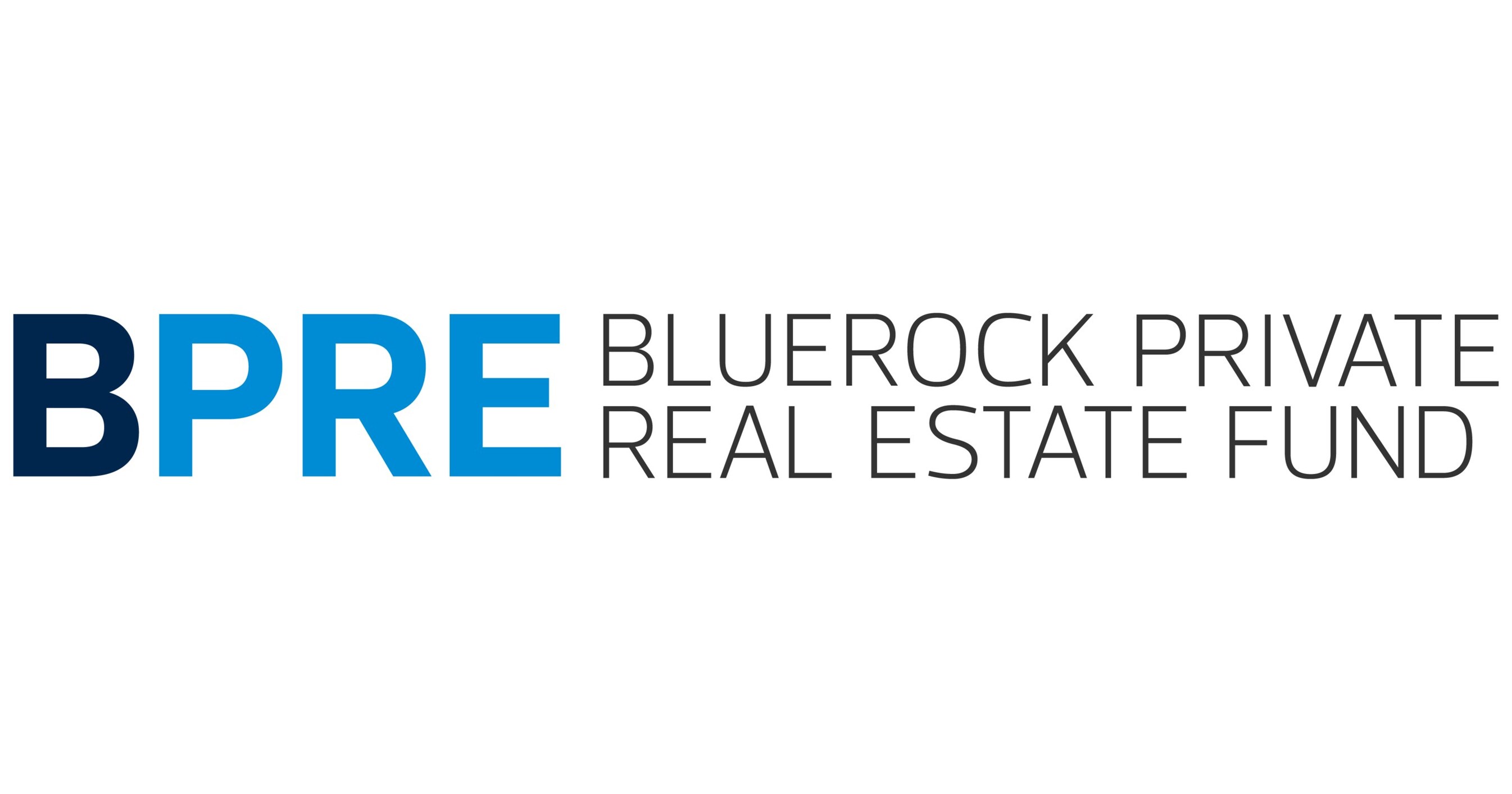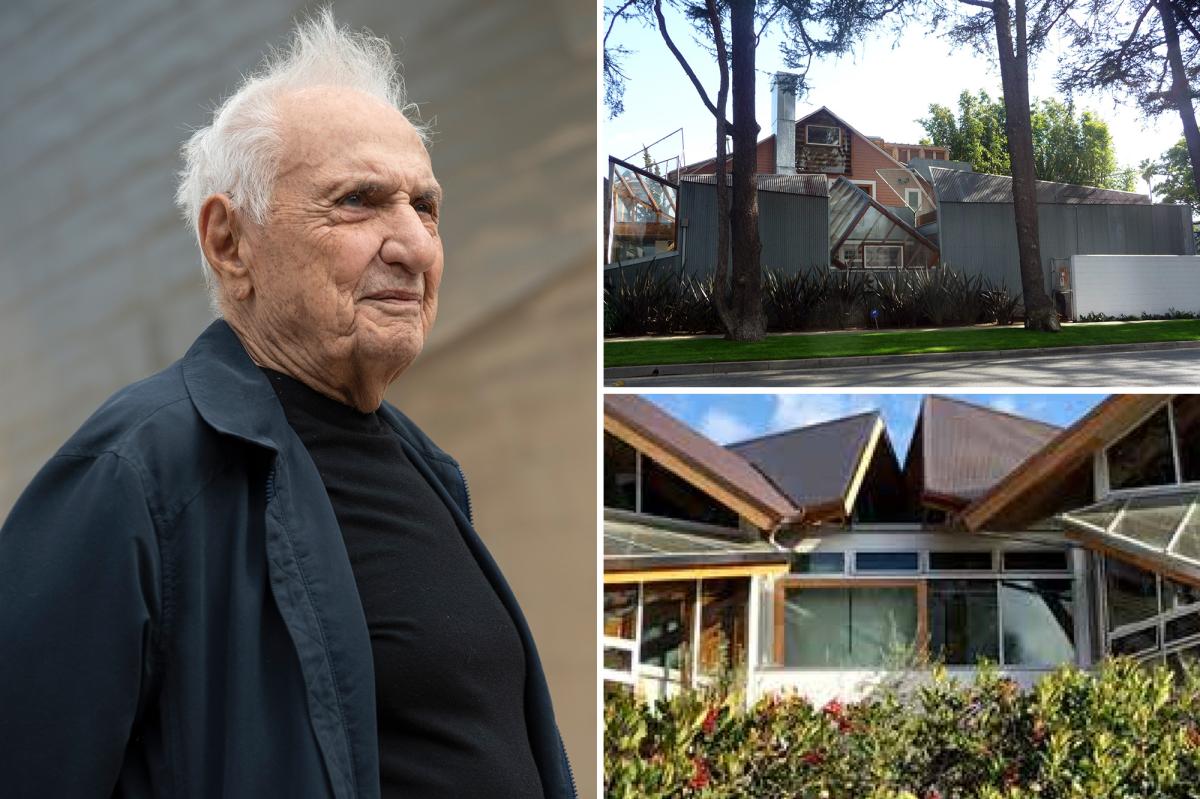T
he Trump administration's 2025 Executive Order, "Ending Crime and Disorder on America's Streets," has significantly impacted urban governance in Washington, D.C. By prioritizing institutionalization, law enforcement, and the criminalization of homelessness, the policy framework is reshaping real estate dynamics and social infrastructure investments. Investors must understand these ripple effects to navigate a market increasingly defined by regulatory intervention and ideological realignment.
The Executive Order's emphasis on clearing encampments has driven a surge in land redevelopment in D.C., with vacant lots and underutilized properties being repurposed for commercial and residential projects. This has led to a 12-15% increase in land values, according to Q2 2025 data from the D.C. Office of the Chief Technology Officer. However, the defunding of Housing First initiatives and redirection of HUD resources have created a fragmented market.
Developers now face a polarized landscape: high-end projects are attracting private capital, while affordable housing developments are stalling due to reduced federal grants and shifting priorities. Investors should monitor construction firms with expertise in mixed-use, short-term housing and avoid long-term affordable housing REITs, which face regulatory and funding headwinds.
The administration's restructuring of the Substance Abuse and Mental Health Services Administration (SAMHSA) has created a funding vacuum for critical social programs. A $1 billion proposed cut to SAMHSA's 2026 budget has left local governments scrambling to fill gaps, leading to a 40% reduction in funding for syringe services programs and naloxone distribution in D.C.
Public-private partnerships are also under strain, with nonprofits like D.C. Central Kitchen pivoting from housing-first models to temporary shelter solutions, increasing operational costs by 25-30%. Meanwhile, the administration's push for civil commitment programs is driving demand for institutional care facilities, a niche sector that could see a 15% growth in capital expenditures by 2026.
Investors in social infrastructure should consider hedging against policy volatility by diversifying into institutional care providers or tech-enabled solutions for data collection and compliance. Conversely, companies reliant on federal grants for harm reduction or housing-first programs face heightened risk.
While the Trump administration's policies may yield short-term gains, their long-term sustainability is questionable. Critics argue that criminalizing homelessness exacerbates public health crises and drives costs higher for local governments. For instance, D.C.'s Department of Health has reported an 18% increase in emergency room visits for mental health crises since the Executive Order's implementation.
For a balanced portfolio, consider allocating:
1. Real Estate: 40% to developers targeting mixed-use, short-term housing in D.C. and other urban centers.
2. Social Infrastructure: 30% to institutional care providers and compliance-focused tech firms.
3. Hedging: 30% to defensive assets like healthcare REITs or companies with diversified federal contracts.
Avoid overexposure to affordable housing REITs and harm reduction-focused NGOs, which face direct policy risks.














